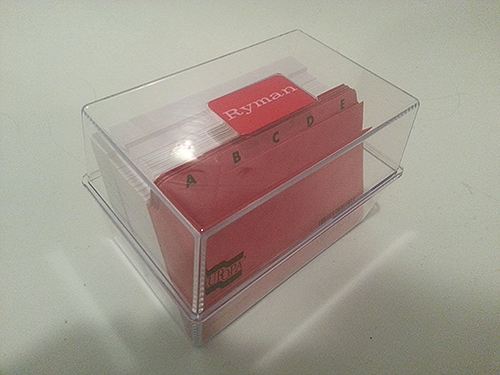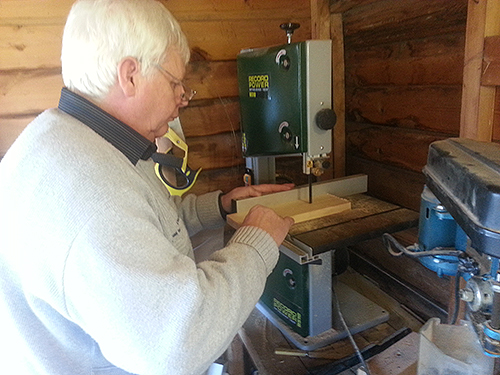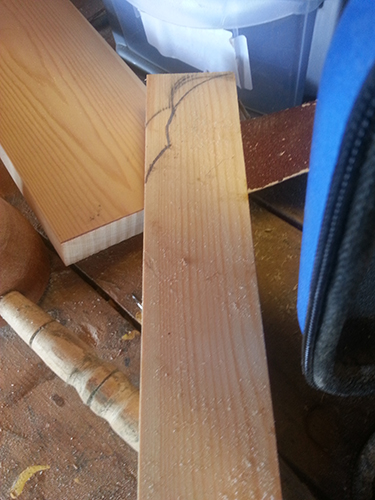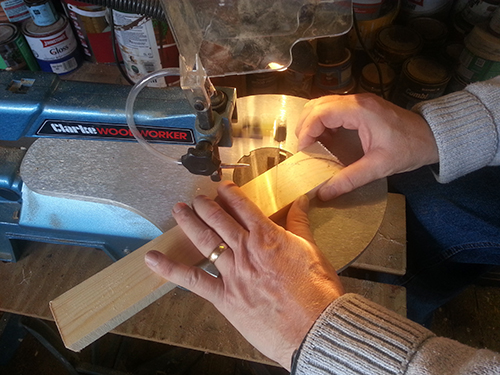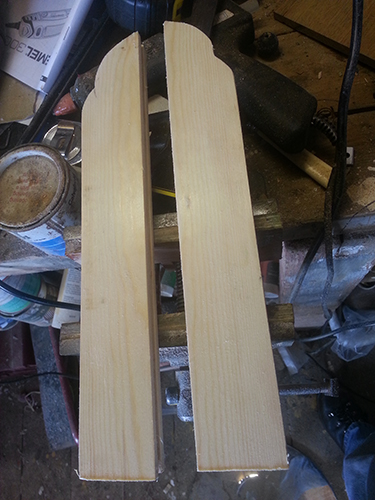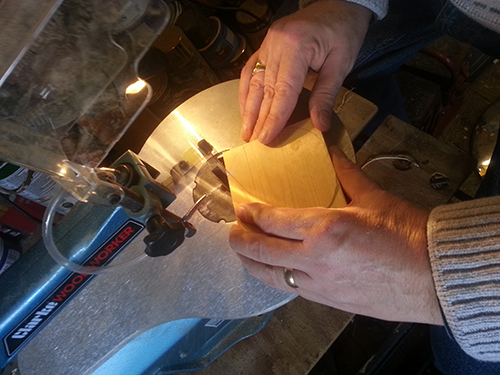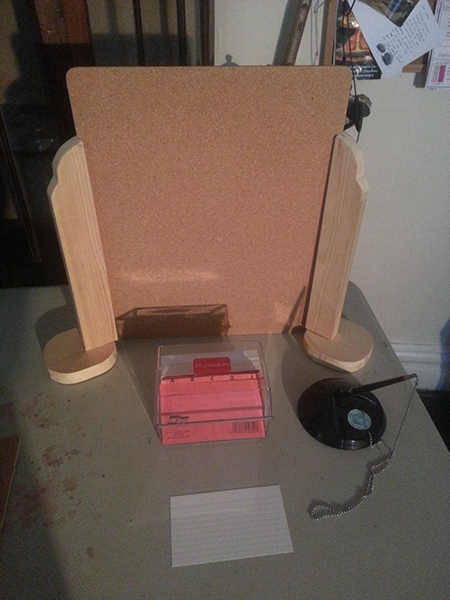A big part of this project is giving people an alternative way to experience how things work. It is an alternative fete after all. All of the Computer Scientists said that the lack of general understanding of how things work is a problem. That people use technology as this kind of magic box without understanding how it works. I've taken this rather literally, and made the housing of the computer I am using a bit magic, but a rough, old, hands-on kind of magic. I think this will make people ask more questions about how it works, and be a way in to a discussion about how that relates to their shiny new tech.
And, of course, it isn't enough for me to have an AI that people can communicate with. That is a trick, and I want people to be able to experience for themselves how it works, but without losing the feel of the little world of the stall. So I am making a kind of office space beside the wooden computer. There will be a screen, and people can take the place of an AI chatbot and have conversations through the screen, with the same limitations as the intelligence.
This AI's memory, will be a basic alphabetic card index. If someone says something, they can look this up in the card index, and give the response listed. If there is no record of someone saying this before, they can generate a new card. This is a pared-down version of what the AIML interpreter is doing. (See "How Pinnochion#1 works").
